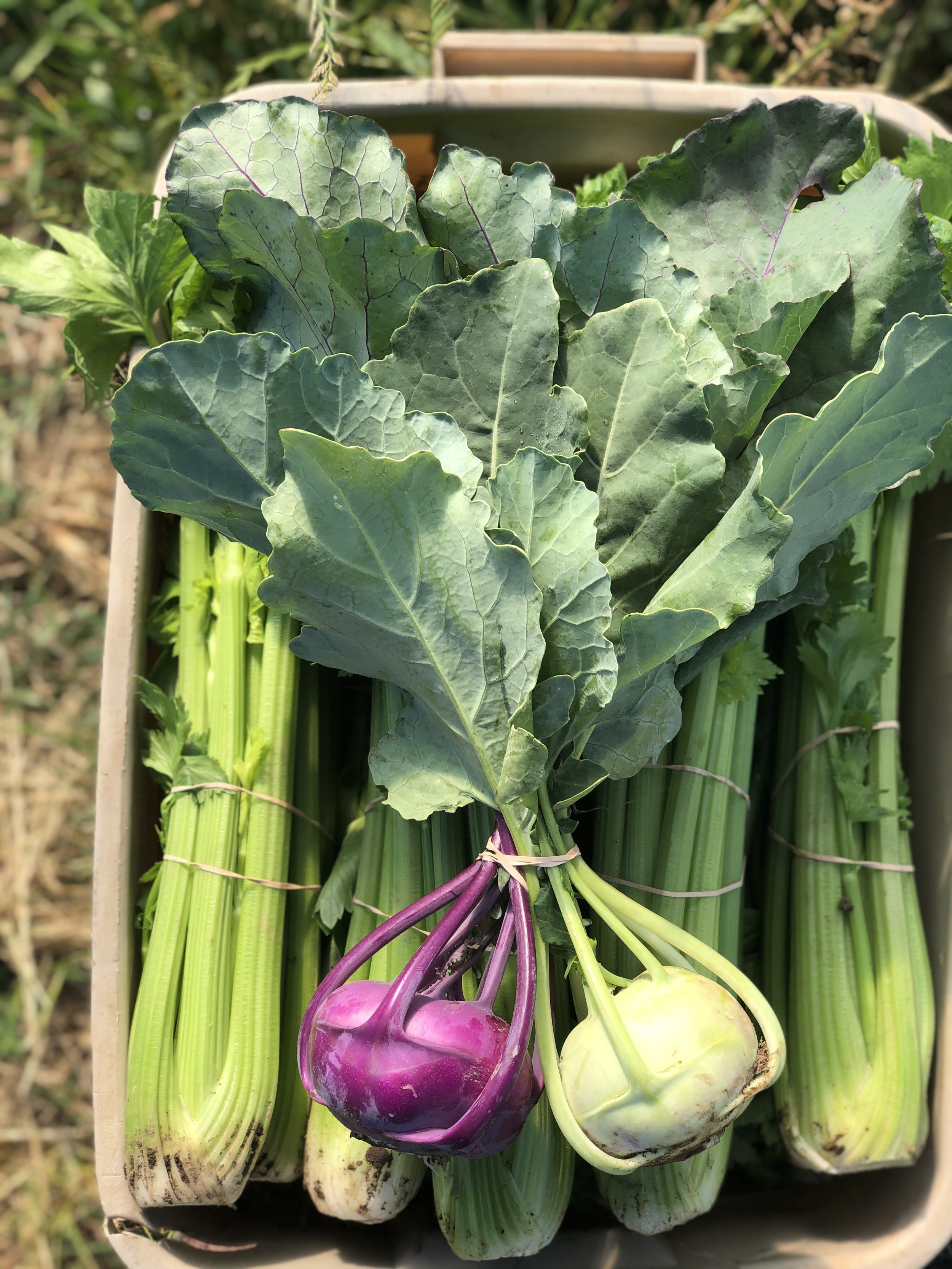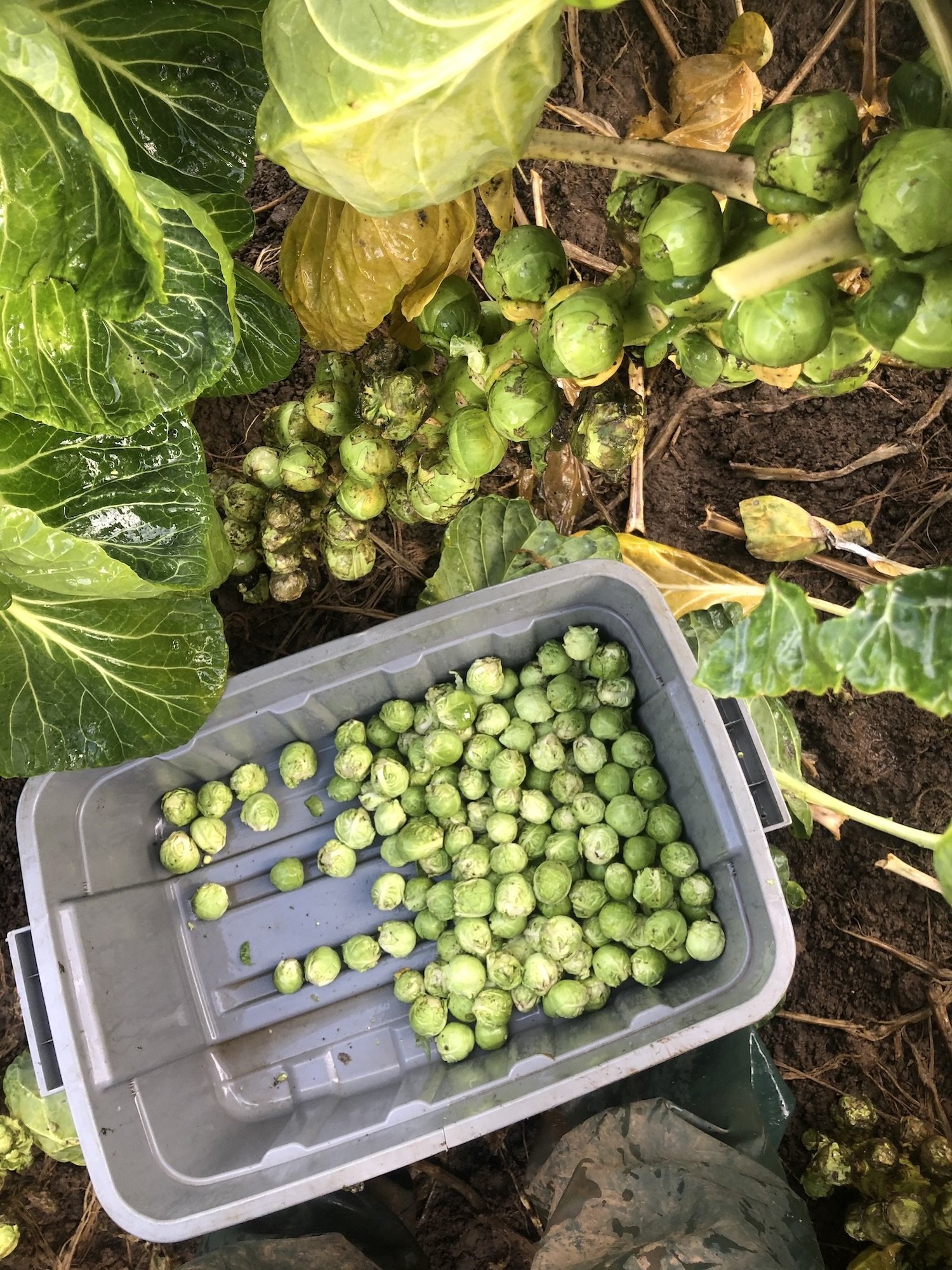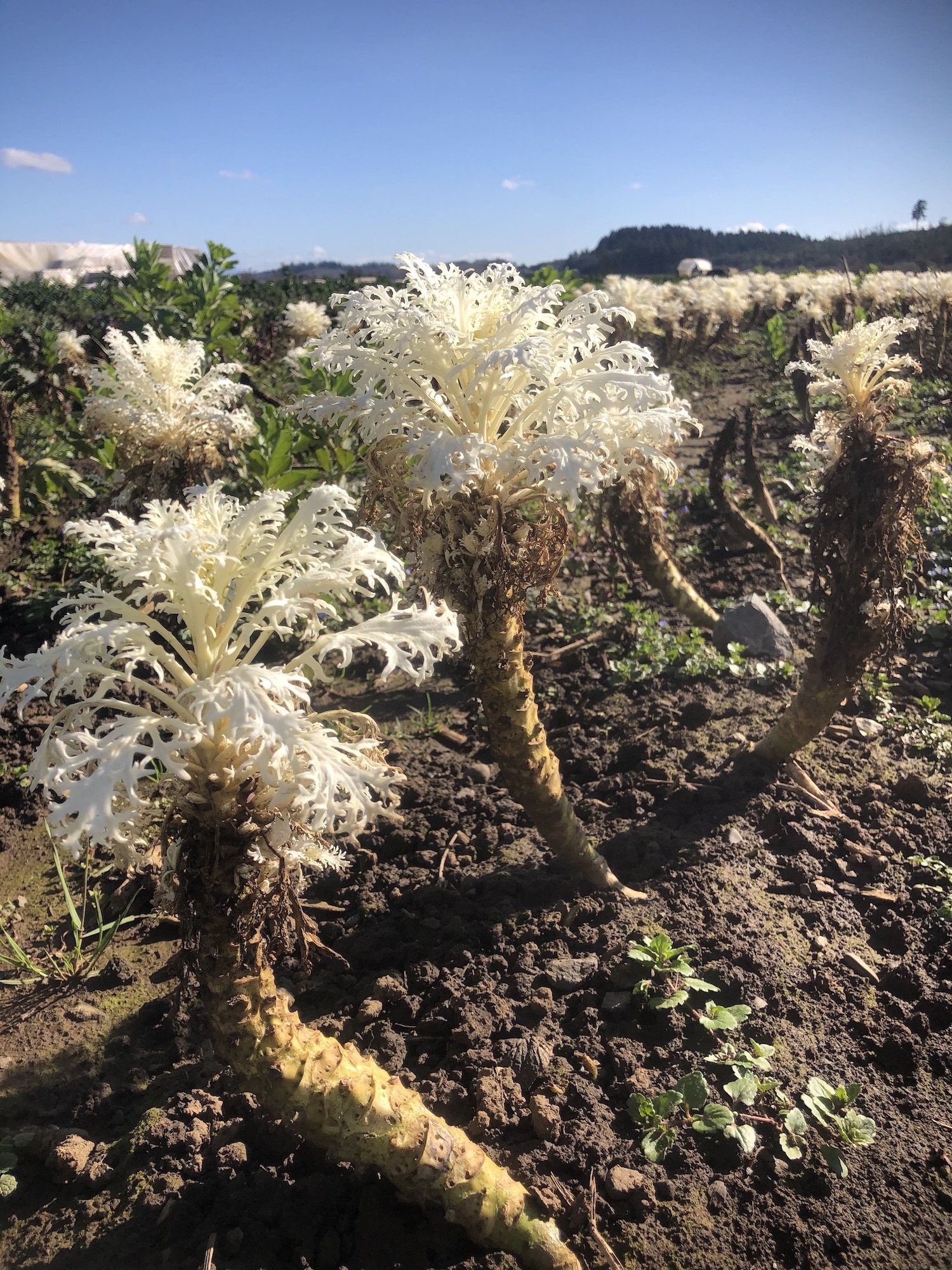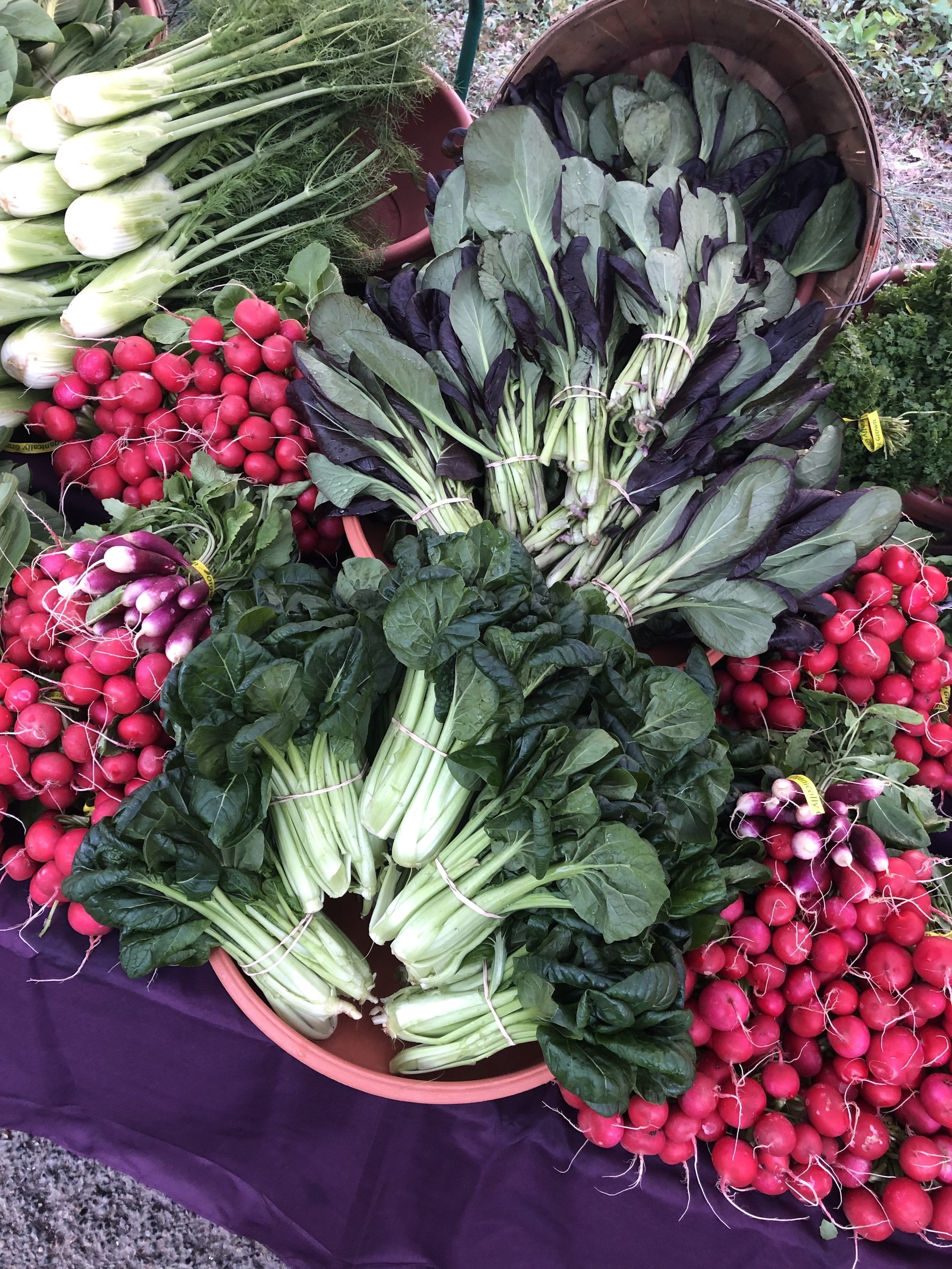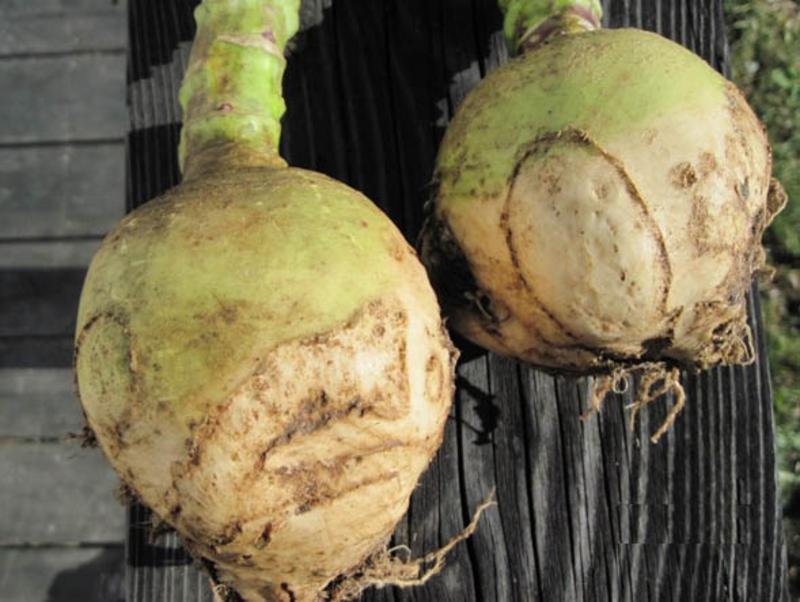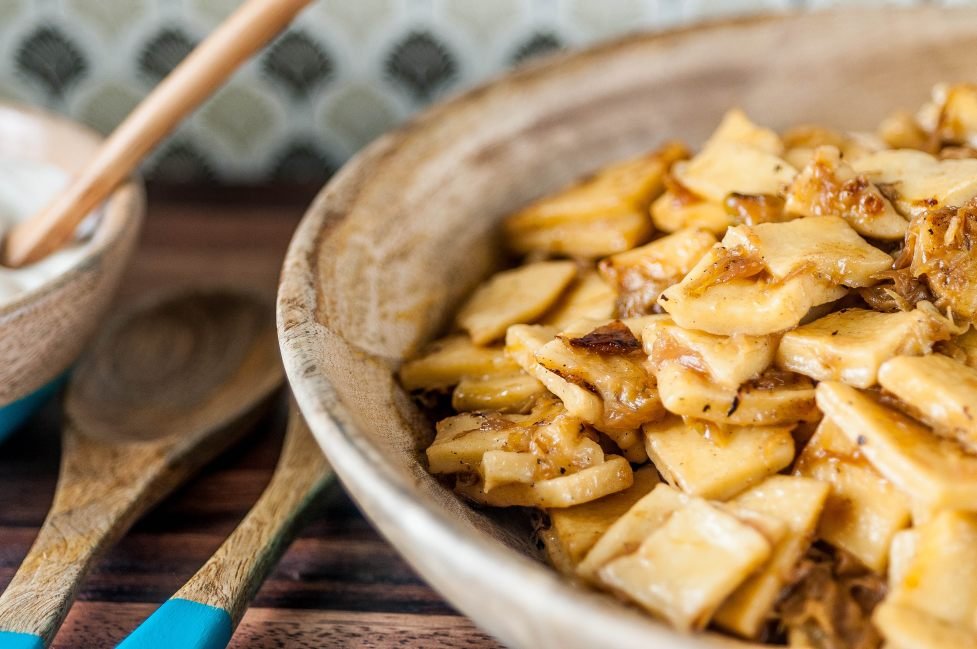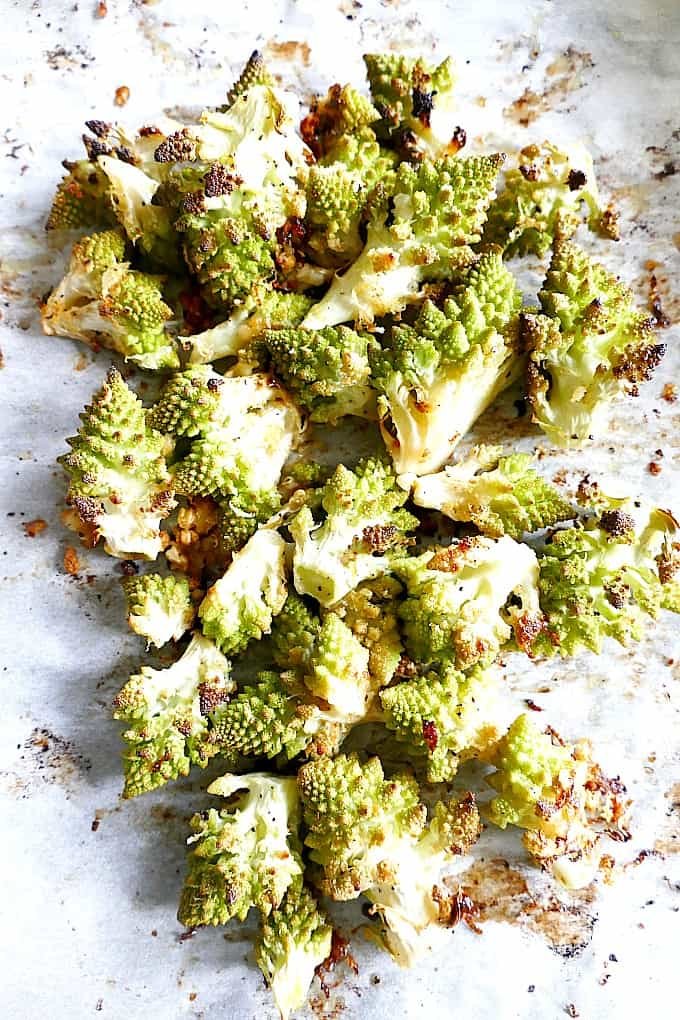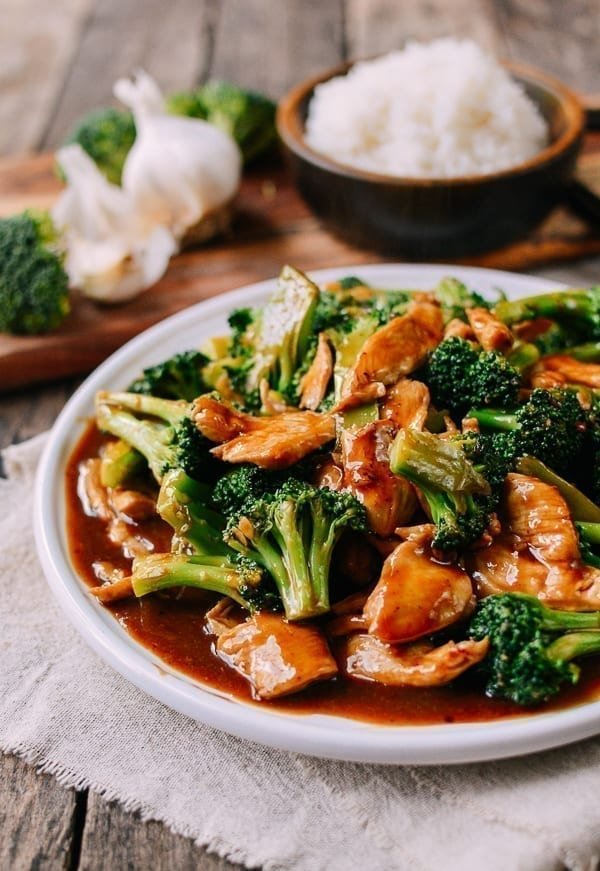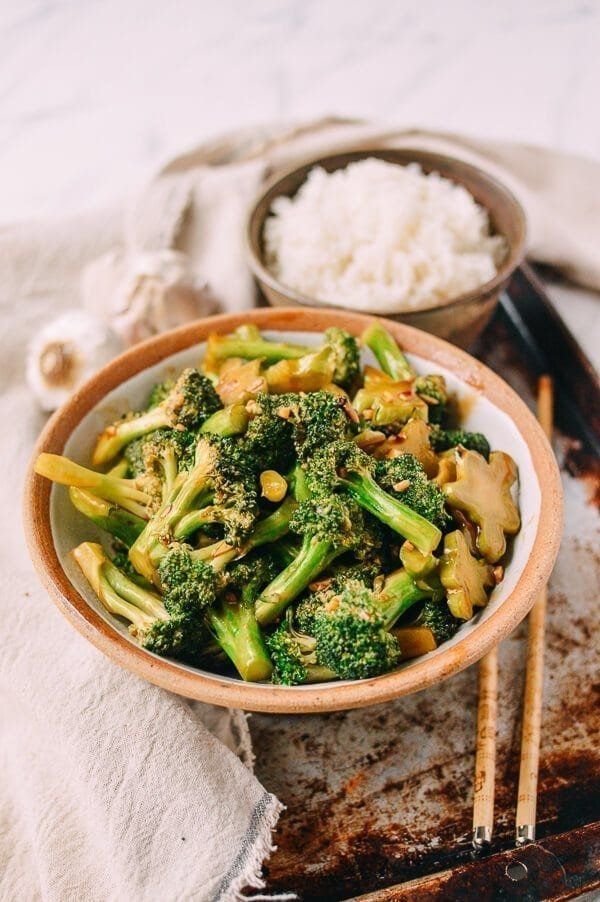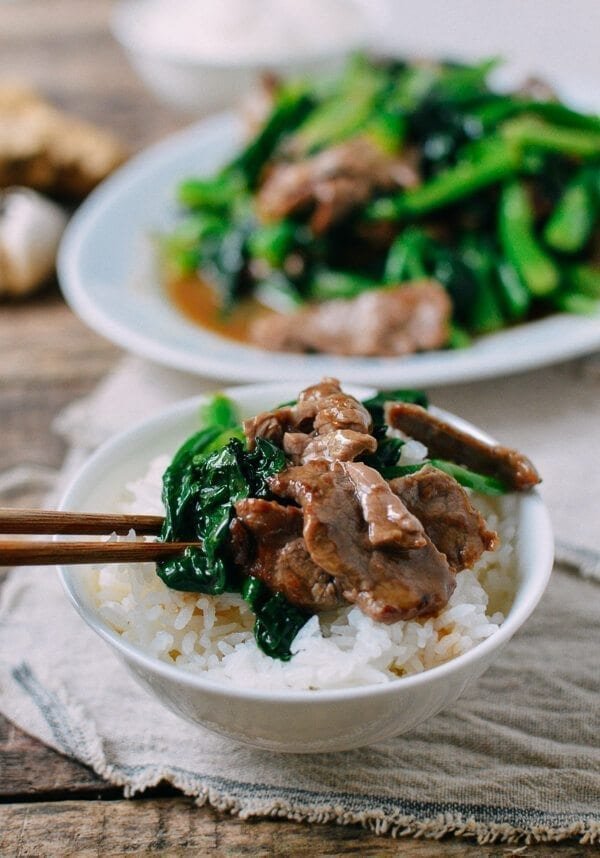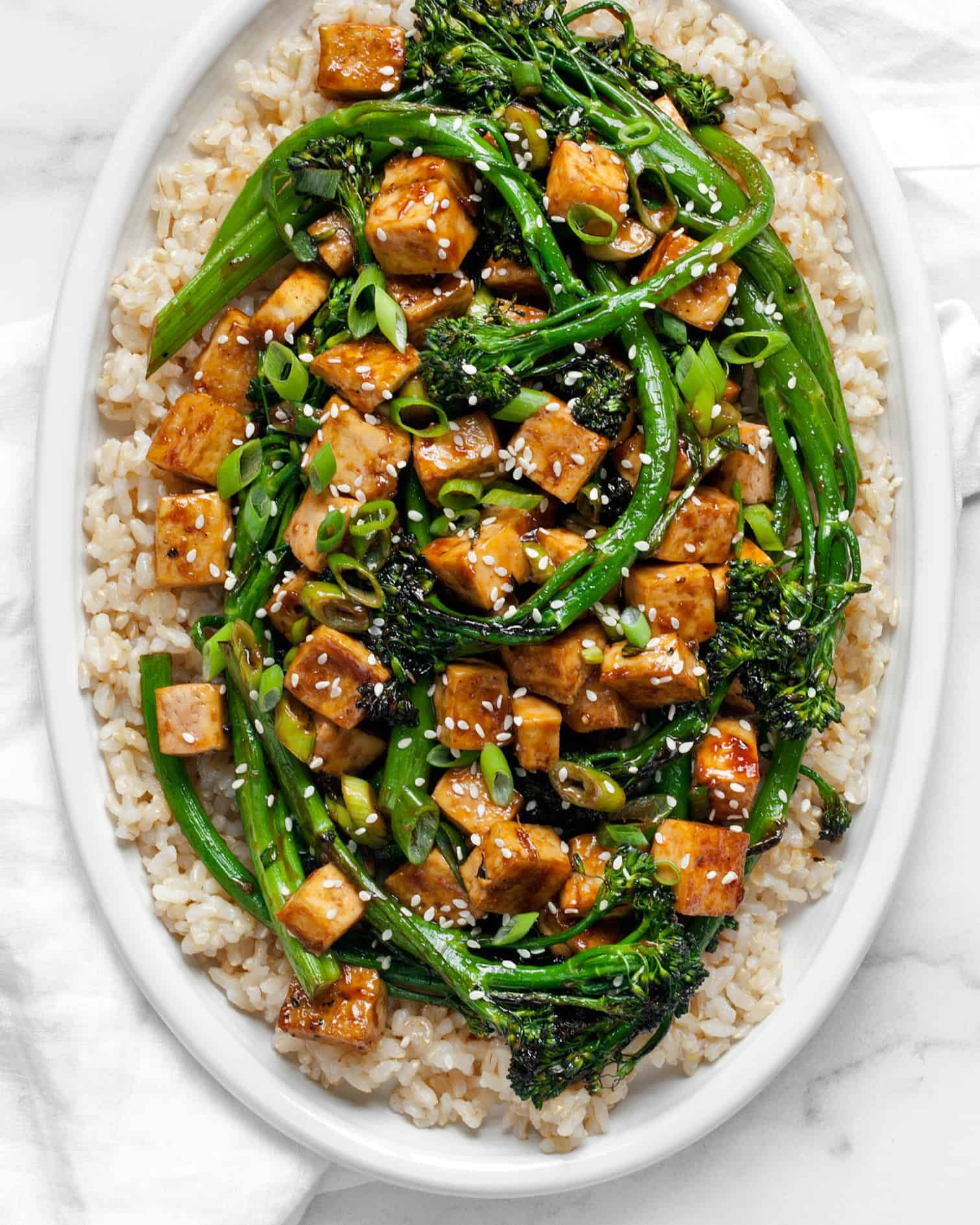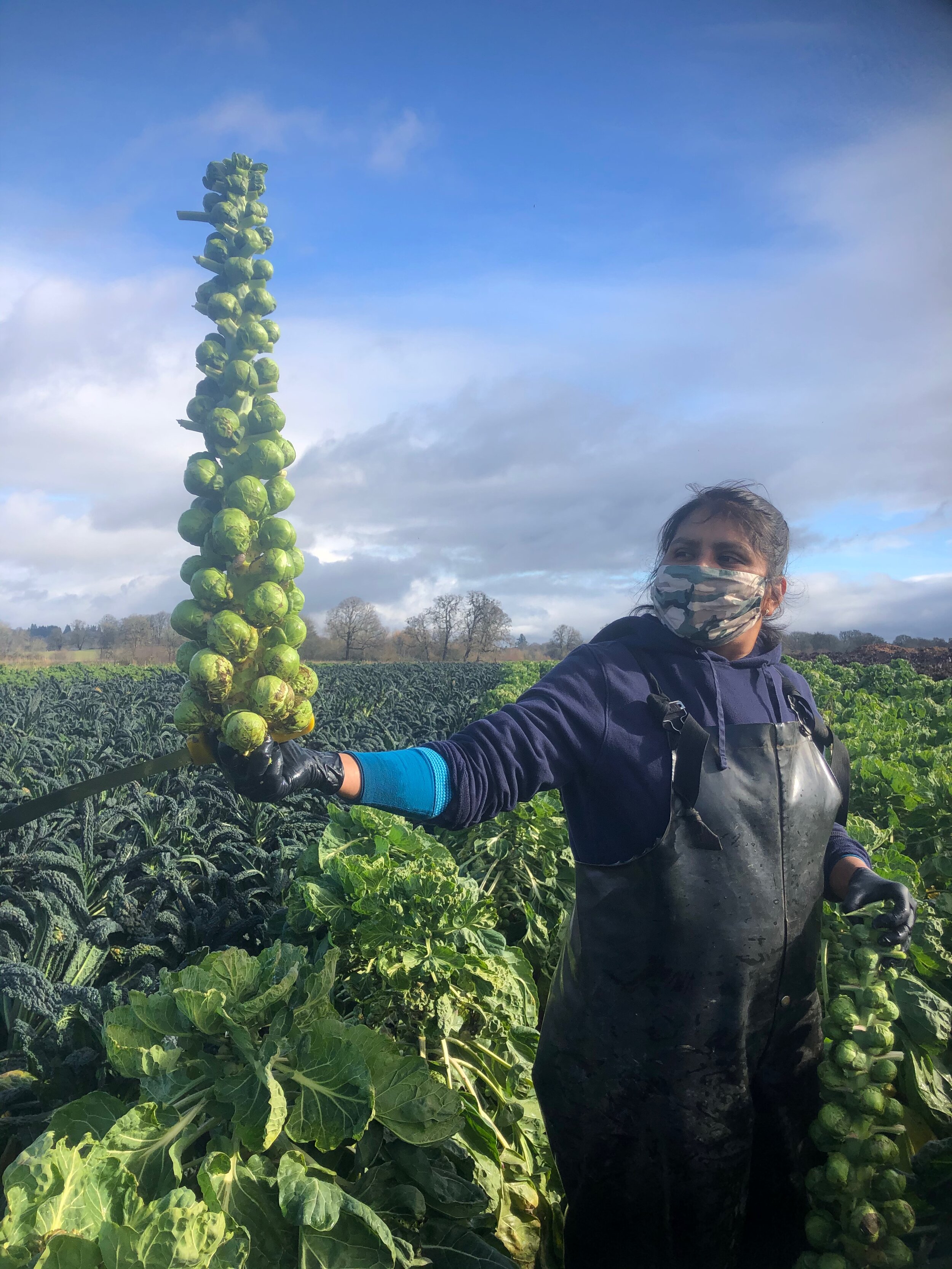
brassicacea
meet the family
Brassicaceae, a savory Sulfurous family
Brassicaceae (brass-ih-case-ee-ay) is home to the mighty Brassica, from rutabagas to radishes to kales and collards to broccoli, bok choy, and Brussels sprouts. This one family contributes so much to our vegetable world, a burst of Brassicaceous botanical diversity stemming from just one ancestral plant. It didn’t have particularly big roots, or greens, or flowers or stems. But after hundreds and hundreds of years of people working with these plants and selecting for different traits, the great diversity that is the Brassica family became what it is today.
Just like all of us, plants have to pick and choose where to allocate their precious resources, from the photosynthates they collect from sun to the micronutrients they collect from the soil. What we’re seeing here are different plant parts being allocated more starches & sugars than others.
Kohlrabi sugars go to an enlarged stem. Energy in rutabagas, radishes, and turnips go to their roots. Kales and mustard greens spread their energy out into their leaves. Of course you can eat turnip greens, broccoli leaves, and mustard flowers, but as mentioned above, they aren’t the plant’s priority.
But regardless of the plant’s initial priority, eventually they all shift their priorities to reproduce, resulting in the production of tender spring flowering stalks called raab.
Brassica flowers are all either yellow or white, but they all have their iconic four petals.
This helps to identify plants when they’re at the end of their lifecycle, but at the beginning when they just emerge from their seeds, you can also tell a Brassica right away from the two heart-shaped cotyledons that proceed their first true leaves.
Plants in the same family tend to have similar ways of reproducing, although not everything is compatible enough to interbreed. But in general, there is a lot of capacity for cross-over amongst Brassicas. Savoy cabbage crossed back into kale gave us rumply Lacinato kale, red kale crossed with Brussels sprouts gave us Kalettes, rutabagas crossed with turnips became the infamous Gilfeather Turnip. The lines between radish vs. turnip or between mustard vs. bok choy are blurry.
This ease of cross-over is part of the reason why organic seed growers in Oregon’s Willamette Valley have fought so hard to keep GMO canola out of the region. The Willamette Valley is one of the world’s leading vegetable seed production regions, known for it’s dry Mediterranean summers that are perfect for growing Brassica seed. The presence of thousands of acres of canola seed (grown conventionally for oil) is a serious threat to the maintenance of the breeding lines that farmers have been working to keep alive for years.
Seed farmers work hard to keep their own crops from crossing with each other as well, separating plants either by distance or time. That way when you buy your deep purple mustard green from the seed catalogue, you get the plant you wanted, not some mutant with a faint color and off-flavor. Read more about the great Brassica crisis from Civil Eats and put your advocacy to action on current events by following Friends of Family Farmers @foffinthefield.
Family Index

Brassica Florets
From broccoli to cauliflower to spiral fractal romanesco, the flowering parts of many Brassicas are tender treats, juicy bundles of florets that have yet to burst open, varying how loosely or how densely they’re packed.

Brassica Buds
From cabbages to Brussels sprouts to Kalettes, all of these veggies are botanically just modified buds. Cabbages are an enlarged terminal bud whereas Brussels sprouts and Kalettes are both lateral buds. From staple crops to hot new veggie celebrities at the farmers market, Brassica buds make a big impact in our communities and on our plates.

Collards & Kales
Collards and Kales are the hearty greens of the Brassica family, strong leaves with rich histories that can withstand Siberian winters and come out sweeter on the other side.

Mustards & Asian Greens
From sweet, succulent bok choy, tatsoi, and Chinese mustard greens, to peppery and delicate greens such as mizuna mustard, arugula, and watercress, both mustard greens and Asian greens can be cooked and enjoyed in similar ways. They lend themselves well to stir-fries, soups, and salads, but each have its unique traits highlighted in different dishes.

Roots & Stems
From sweet and savory kohlrabi, turnips, and rutabagas to peppery pungent radishes, horseradish, and wasabi, the condensed flavors in the roots and stems of Brassica plants are indeed powerful. Maca, wasabi, and black radishes have long been used for their medicinal properties, while vibrant radishes and turnips can brighten up any salad or slaw, and roasted rutabagas make for super creamy cozy blended soups.

Seeds
Mustards and canola are grown for the oil content in their seeds. Canola can be pressed into oil, and mustard seeds are used as a spice, or ground into a mustard paste.
family recipes
Family Photos

